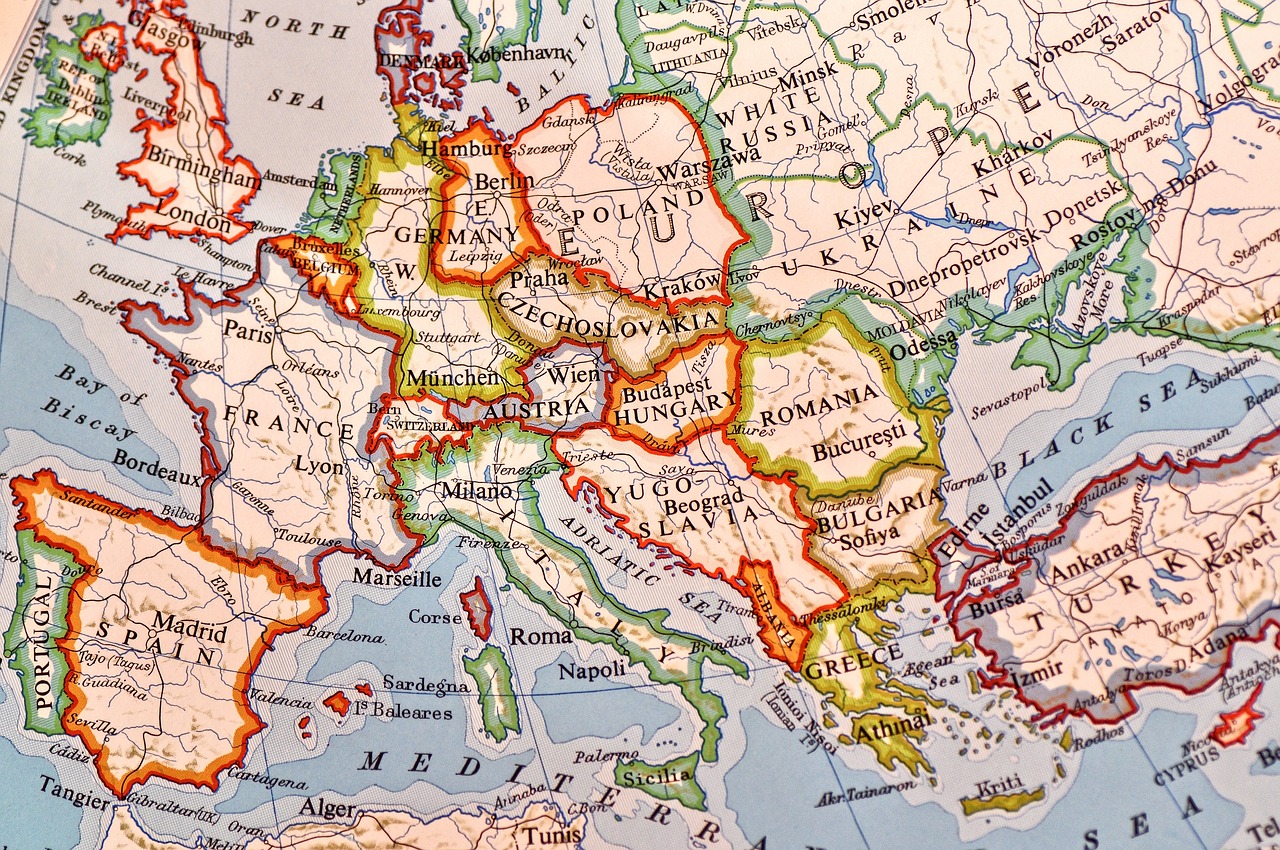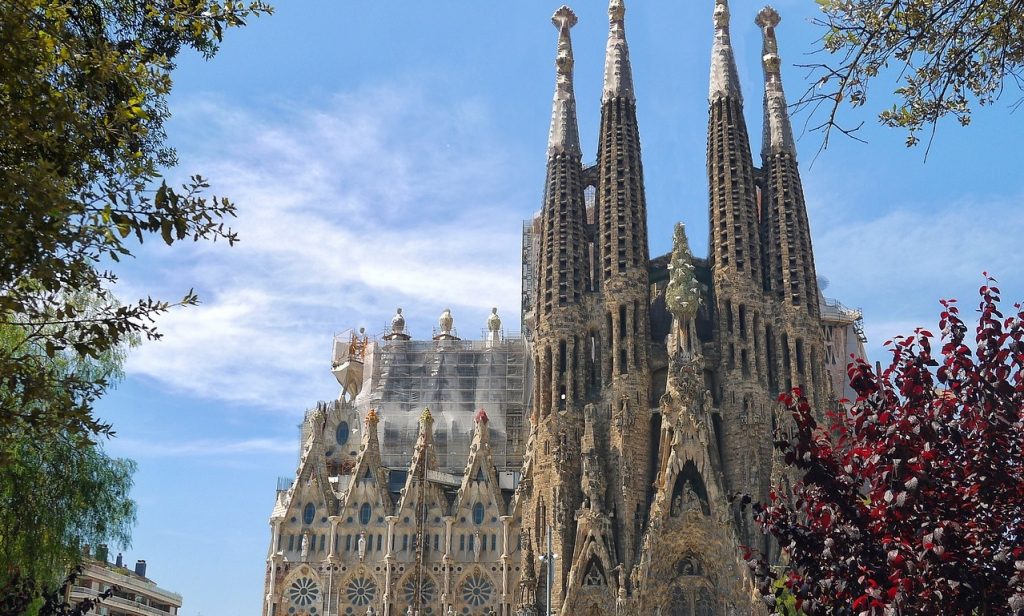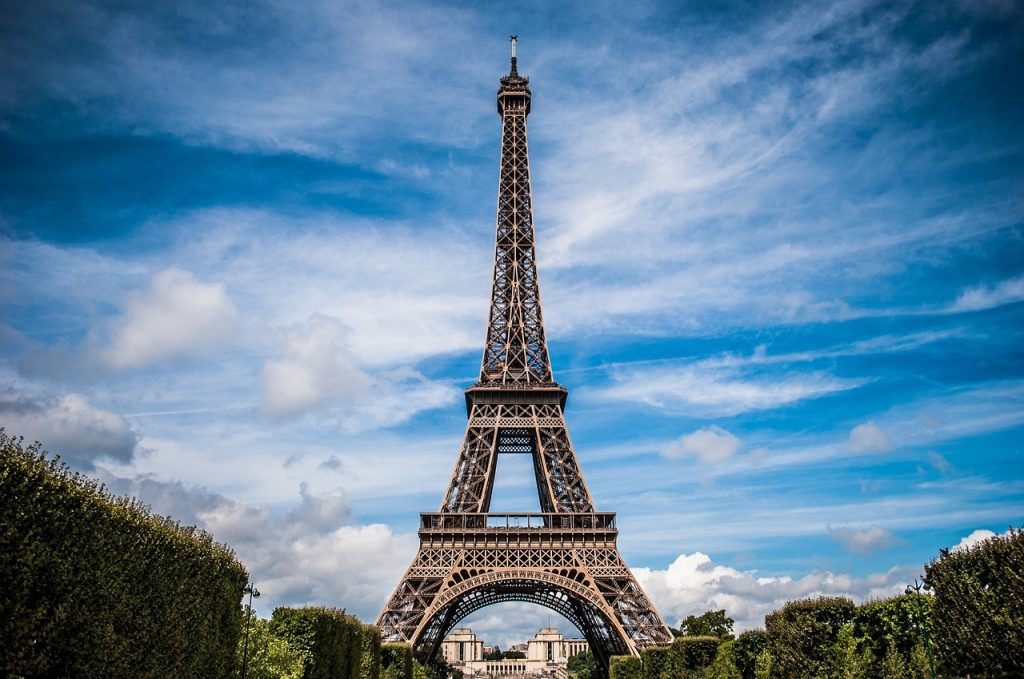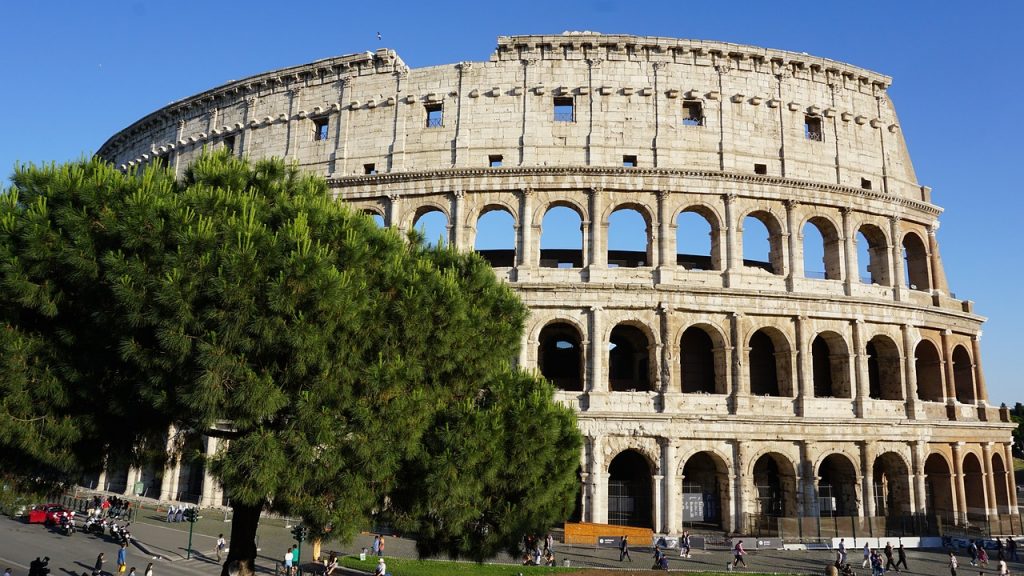Europe represents a tapestry of diverse cultures and landscapes. It offers a wealth of experiences for travelers. But finding the best time to visit Europe and explore this captivating continent requires considering various factors.
Europe is probably the best continent for experiencing multiple countries in one visit. The diversity of cultures, countries, and environments makes one ideal time challenging. Let’s explore the weather, crowds, cultural experiences, and nature adventures to identify the best time to go to Europe.
Visiting Europe based on the Weather
Europe’s weather varies greatly by region, making timing crucial. For comfortable temperatures and fewer crowds, consider visiting during spring (April to June) and fall (September to October). During these months, the weather hovers around 50-75°F (10-24°C), making it pleasant for outdoor activities and sightseeing.
The weather can differ significantly from region to region, particularly because of elevation changes. The continent generally experiences four distinct seasons. Here’s a description of the seasonal weather in Europe:
1. Spring (March to May):
- Spring temperatures across Europe can range from 41°F (5°C) to 68°F (20°C).
- Spring brings milder weather, blooming flowers, and longer daylight hours. It’s an excellent time for sightseeing and outdoor activities.
2. Summer (June to August):
- European summers vary but generally range from 68°F (20°C) to 86°F (30°C) or higher.
- Summers are warm and sunny in most European destinations, making it the peak tourist season. Beach destinations and outdoor festivals thrive.
- The temperatures get warm enough where coastal areas can be quite humid.
3. Autumn (September to November):
- Autumn temperatures range from 50°F (10°C) to 68°F (20°C) in many regions.
- Autumn offers pleasant weather, colorful foliage, and fewer crowds. It’s an excellent time for exploring historic sites.
- September tends to be warmer than October. The fall foliage displays across the Europe migrating southward as the season unfolds.
4. Winter (December to February):
- European winters vary greatly, with temperatures often ranging from 23°F (-5°C) to 41°F (5°C).
- Winter brings cold temperatures and, in some regions, snowfall. It’s ideal for winter sports enthusiasts and Christmas market enthusiasts.
Other Weather-Related Factors:
- Rainfall: Rainfall patterns vary across Europe. Some regions, like the Mediterranean coast, experience dry summers and rainy winters. Be prepared for occasional rain, especially in Northern Europe.
- Mountainous Regions: Mountainous areas, such as the Alps, Pyrenees, and Scottish Highlands, experience colder temperatures and heavy snowfall during the winter months, making them perfect for winter sports.
Avoiding Extreme Weather:
- Heatwaves: During the peak of summer, parts of Southern Europe can experience scorching heatwaves, with temperatures exceeding 95°F (35°C). If you’re sensitive to high temperatures, consider visiting during the shoulder seasons.
- Winter Cold: If you’re not a fan of cold weather and snow, avoid visiting Northern and Eastern Europe during the winter months.
- Rainy Seasons: Coastal areas, like those along the Mediterranean, can experience heavy rainfall in the winter months. While this can be a beautiful time to visit due to fewer crowds, be prepared for wet weather.
In summary, the best time to visit Europe depends on your preferences for weather and activities. Summer is popular for its warm and sunny weather, while spring and autumn offer milder temperatures and fewer tourists. Winter is ideal for winter sports but can be cold and snowy in some regions. Be sure to consider your interests and the specific European destinations you plan to visit when deciding on the best time for your European adventure.
Visiting Europe based on the Crowds
To enjoy Europe’s treasures without the throngs, plan your visit during the shoulder seasons of spring (April to June) and fall (September to October). These months offer a quieter ambiance, allowing you to appreciate iconic landmarks and local gems with fewer tourists around.
Remember that iconic landmarks like the Eiffel Tower, Sistine Chapel, and others can be busy at any time of the year.
Discovering Europe’s Cultural Experiences
Immersing yourself in Europe’s rich history and diverse culture is a highlight of any visit. Attend local festivals, savor regional cuisine, and embrace the warmth of European hospitality. Events like Oktoberfest in Munich in September/October and La Tomatina in Buñol, Spain in August offer authentic glimpses into the continent’s vibrant traditions.
Europe hosts a wide range of iconic cultural events that showcase its rich history, diverse traditions, and vibrant arts scene. Here are 10 of the most iconic annual cultural events that take place across the continent:
- Carnival of Venice, Italy (February/March): Held in the enchanting city of Venice, the Carnival is famous for its elaborate masks and costumes. The event takes place in the weeks leading up to Lent, usually in February or March, and features grand masquerade balls, parades, and live performances.
- Oktoberfest, Germany (September/October): Munich’s Oktoberfest is one of the world’s largest and most famous beer festivals. Held from late September to the first weekend in October, it’s a celebration of Bavarian culture, featuring traditional music, beer tents, and delicious food.
- La Tomatina, Spain (August): In the town of Buñol, participants engage in the world’s largest tomato fight during the last Wednesday of August. La Tomatina is a fun and unique event that attracts participants from all over the world.
- Edinburgh Festival Fringe, Scotland (August): The Edinburgh Festival Fringe is the largest arts festival in the world, held throughout the month of August. It features thousands of performances in theater, comedy, music, and more, making it a hub of creative expression.
- Cannes Film Festival, France (May): The Cannes Film Festival is one of the most prestigious film festivals globally, held in May. It attracts international celebrities, filmmakers, and industry professionals for premieres, screenings, and awards.
- Glastonbury Festival, United Kingdom (June): Held in June, the Glastonbury Festival is one of the world’s most famous music festivals. It showcases a diverse lineup of music genres, as well as arts, theater, and interactive experiences.
- Running of the Bulls, Spain (July): Part of the San Fermín festival in Pamplona, the Running of the Bulls takes place in July. Adventurous participants run alongside charging bulls through the city’s streets, drawing visitors from around the globe.
- St. Patrick’s Day, Ireland (March 17): St. Patrick’s Day is celebrated on March 17th in Ireland and by Irish communities worldwide. Festivities include parades, live music, dancing, and wearing the color green to honor Ireland’s patron saint.
- Sziget Festival, Hungary (August): The Sziget Festival in Budapest is one of Europe’s largest music and cultural festivals. Held in August, it features a diverse lineup of music, art installations, workshops, and performances on an island in the Danube River.
- Venice Biennale, Italy (May-November): The Venice Biennale is a prestigious international art exhibition that takes place from May to November every odd-numbered year. It showcases contemporary art from around the world and includes exhibitions in various venues across Venice.
These iconic cultural events offer a unique window into the diversity of European cultures, traditions, and artistic expression. Be sure to plan your travel to coincide with these events if you’re looking for immersive and unforgettable cultural experiences.
Exploring Europe’s Wilderness & Nature Experiences
Europe’s natural beauty beckons outdoor enthusiasts. For hiking, skiing, and exploring national parks, consider visiting during the warmer months of spring (April to June) and summer (July to August) for mountain adventures.
Other Essential Seasonal Considerations:
- Christmas Markets: Experience magical Christmas markets that pop up in various cities during November and December, offering holiday crafts, seasonal treats, and festive atmosphere.
- Summer Festivals: Many European cities host vibrant music festivals in summer (June to August), such as Glastonbury in the UK and Roskilde in Denmark.
- Beach Escapes: For beach vacations, summer (June to August) is ideal along the Mediterranean coastline, providing warm waters and sun-soaked shores. However, they are easily crowded with both locals and foreign visitors enjoying the beauty while soaking in the sun.
- Museum Visits: Some museums have longer opening hours in summer (June to August) and shorter lines, offering a chance for uncrowded cultural exploration.
- Winter Sports: If skiing or snowboarding is your passion, winter (December to February) offers prime conditions in the Alps and other mountainous regions.
In conclusion, determining the best time to visit Europe depends on your interests and the experiences you seek. Whether you’re captivated by historical sites, local festivals, or exploring natural wonders, Europe offers a rich tapestry of possibilities year-round.
By evaluating these factors, you’ll be well-prepared to embark on a memorable European adventure tailored to your desires and the continent’s offerings. The good news is there is always a good time to go to Europe which has an abundance of diverse cultural experiences.
Photo Credits:
Image by Mabel Amber from Pixabay





